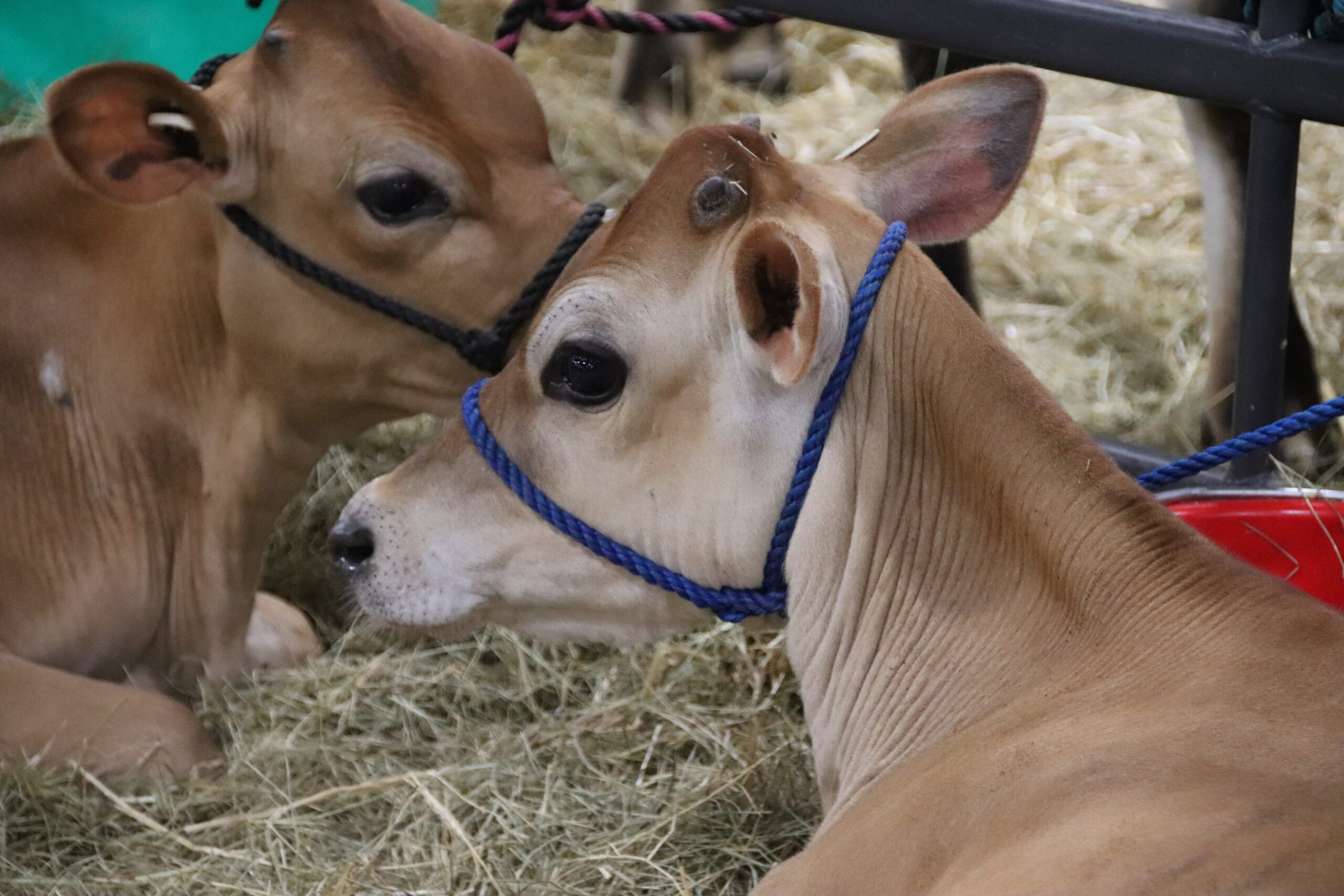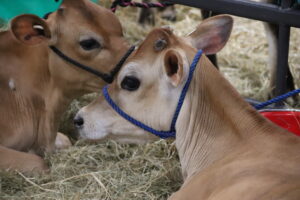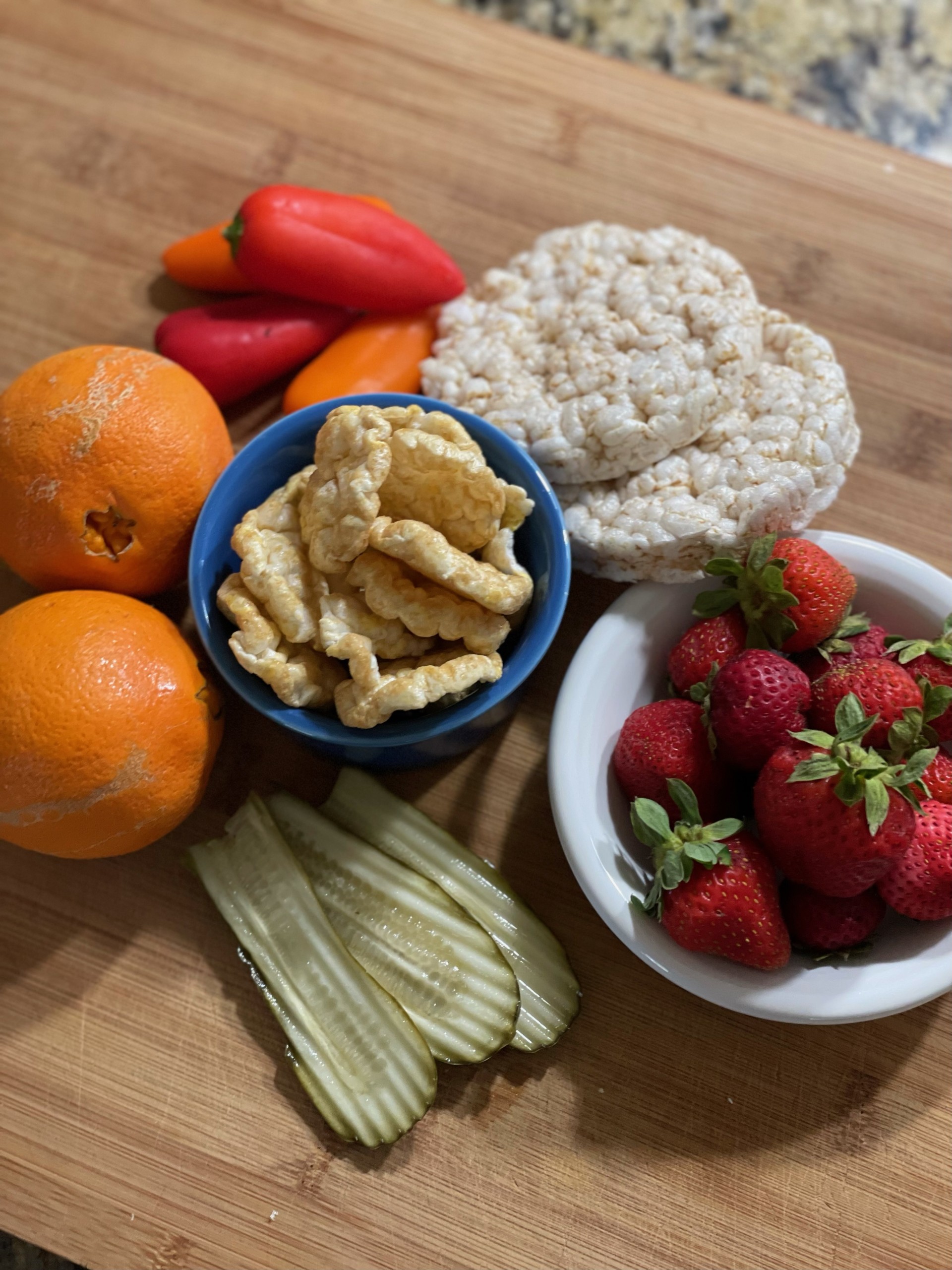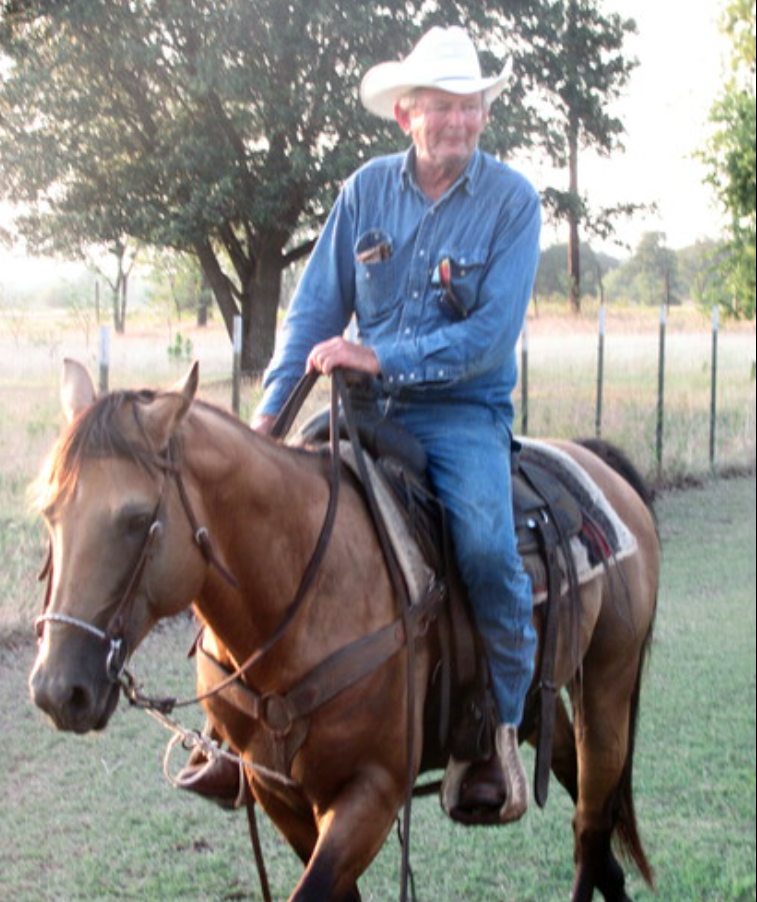How did livestock breeds get domesticated? by Mario Villarino

[adning id=”33097″]
 As animals got domesticated, their use and purpose became more specific. The term “livestock breed” became used as a way to describe attributes similar in a group of animals. Sometimes these attributes are visible (color, size, etc) but sometimes they are not. Many commercial breeds are identified by their performance. So, what is a livestock breed?
As animals got domesticated, their use and purpose became more specific. The term “livestock breed” became used as a way to describe attributes similar in a group of animals. Sometimes these attributes are visible (color, size, etc) but sometimes they are not. Many commercial breeds are identified by their performance. So, what is a livestock breed?
According to Oklahoma State University, the classic definition of a “breed” is usually stated as a variation of this statement: Animals that, through selection and breeding, have come to resemble one another and pass those traits uniformly to their offspring. Unfortunately this definition leaves some unanswered questions. For example, when is a crossbred animal (mix of several breeds) considered a composite breed and when do we stop thinking about them as composites?
Perhaps this definition from The Genetics of Populations by Jay L. Lush helps explain why a good definition of “breed” is elusive. A breed is a group of domestic animals, termed such by common consent of the breeders, … a term which arose among breeders of livestock, created one might say, for their own use, and no one is warranted in assigning to this word a scientific definition and in calling the breeders wrong when they deviate from the formulated definition. It is their word and the breeders common usage is what we must accept as the correct definition.
As you can see from Dr. Lush’s definition it is at least in part the perception of the breeders and the livestock industry which decides when a group of individuals constitutes a “breed”. The development of the breeds takes different routes also. In some breeds you can see the amount of change that can occur as the result of selection for a small number of traits.
As an example, Holstein cattle have been selected primarily for milk production and are the highest milk producing cattle in the world. Other breeds have traits that result from natural selection pressure based upon the environment in which they were developed.
An example of this might be the N’dama cattle from west Africa. These animals have, through the centuries, developed a resistance to trypanosomiasis or sleeping sickness spread by the tse-tse fly, which is fatal to most other breeds of cattle. It is common to find out livestock shows displaying individuals according to breeds, since that is the purpose of some of those livestock shows.
There are however, other livestock shows where performance is the purpose of the show (biggest animal, most producers, etc). As agriculture further develops, production of agricultural products also has become more specific and so the needs or wants of the purchasing client.
Today, there are several breed specific programs promoting livestock breeds and adding economic premiums accordingly. For the farmer or rancher, the use of an specific breed might bring known benefits since individual variability gets reduced. For the consumer, also product quality variability gets reduced, making the purchase a more familiar transaction.
For more information on this or any other agricultural topic please contact the Hopkins County Extension Office at 903-885-3443 or email me at m-villarino@tamu.edu.
[adning id=”33207″]












